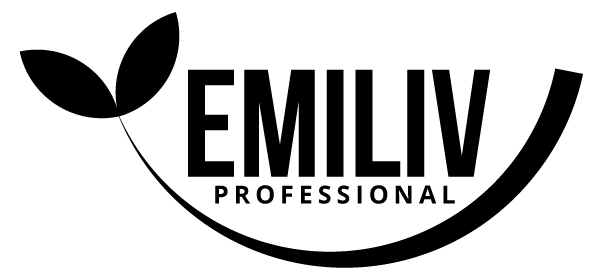Managing Your Salon's Finances
Posted on October 10 2023
Running a salon can be a fulfilling venture, providing a creative space where clients can enhance their beauty and self-confidence. However, to keep your salon thriving and to achieve long-term success, you must manage your finances wisely. Effective financial management is crucial for ensuring that your salon remains profitable and sustainable.
The Importance of Budgeting
Budgeting is the cornerstone of financial management for any business, including your salon. It's your roadmap for allocating resources, tracking expenses, and setting financial goals. Here's why it's vital for your salon:

1. Control and Oversight
A well-structured budget provides you with a clear view of your salon's financial health. It helps you see where your money is coming from and where it's going. With this oversight, you can identify areas where you might be overspending or missing opportunities for savings.
2. Planning for Growth
Budgets allow you to set realistic financial goals. Whether you want to expand your services, hire more staff, or open a second location, budgeting provides a financial plan for achieving these objectives. It also helps you secure financing if needed.
3. Financial Stability
A robust budget helps you build financial stability. By anticipating and preparing for expenses, you're less likely to be caught off guard by unexpected costs. This stability is essential for managing your salon's cash flow effectively.
Creating a Salon Budget
To create a budget for your salon, follow these steps:
1. Estimate Your Revenue
Start by projecting your salon's monthly or annual income. Consider all sources, including services, retail product sales, and any other income streams.
2. List Your Expenses
Create a comprehensive list of all your salon's expenses. This includes rent, utilities, staff salaries, product purchases, marketing, and any other costs associated with running your business.
3. Differentiate Between Fixed and Variable Costs
Classify your expenses as either fixed (consistent every month) or variable (changing month to month). This distinction helps you understand where you have room for cost control.
4. Set Financial Goals
Determine your financial goals, such as increasing your monthly profits, saving for salon improvements, or building an emergency fund. Make sure these goals are specific, measurable, and achievable.
5. Monitor and Adjust
Regularly track your budget's performance. If you're spending more in certain areas, consider adjusting your budget to maintain profitability.
Maximizing Profitability
Profitability is the ultimate goal of any business, and your salon is no exception. Here are some tips to enhance your salon's profitability:
1. Optimize Pricing
Ensure your pricing structure is competitive, reflecting the value of your services. Regularly review and adjust your prices to keep up with market trends.
2. Upsell and Cross-Sell
Encourage your staff to upsell and cross-sell products and services to boost revenue. For instance, if a client is getting a haircut, suggest complementary services like styling or color treatments.
3. Manage Inventory Wisely
Minimize excess inventory of beauty products by only ordering what you need. Consider running promotions to sell off excess stock.
4. Promote Retail Sales
Your salon retail products can be a significant source of revenue. Train your staff to recommend and sell products to clients, and consider offering incentives for reaching sales targets.
5. Invest in Marketing
Effective marketing can attract new clients and retain existing ones. Invest in both online and offline marketing strategies to expand your salon's reach.
Managing your salon's finances requires careful planning, budgeting, and an eye on profitability. By maintaining a well-structured budget and taking steps to maximize your revenue, you'll be well on your way to long-term success in the competitive world of beauty and wellness.

